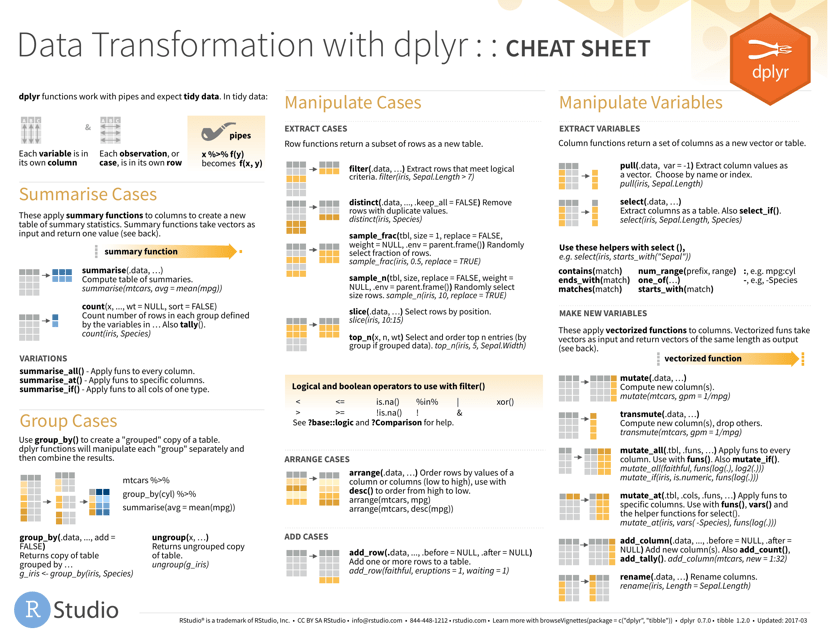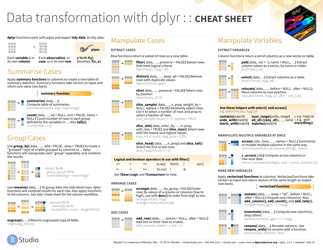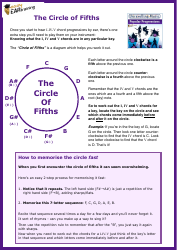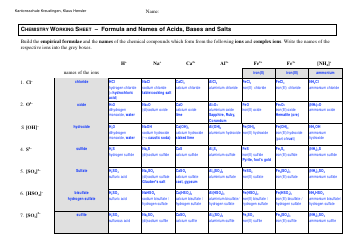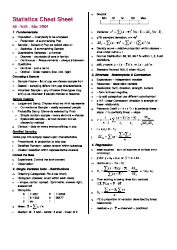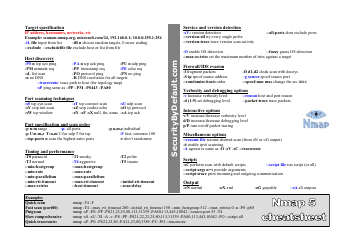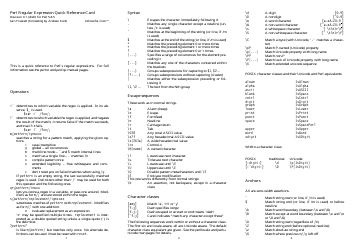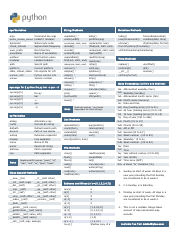Dplyr Cheat Sheet - Orange
The Dplyr Cheat Sheet - Orange is a reference guide for using the Dplyr package in R programming. It provides a summary of the most commonly used functions and operations in Dplyr for data manipulation and analysis.
FAQ
Q: What is Dplyr?
A: Dplyr is a package in R used for data manipulation and transformation.
Q: What is the purpose of the Dplyr cheat sheet?
A: The Dplyr cheat sheet provides a quick reference guide for using Dplyr functions and syntax.
Q: What are some common Dplyr functions?
A: Some common Dplyr functions include filter(), select(), mutate(), and summarise().
Q: How can I install Dplyr?
A: You can install Dplyr by running the command install.packages('dplyr') in R.
Q: What is the difference between filter() and select() in Dplyr?
A: filter() is used to select rows based on specific conditions, while select() is used to choose columns.
Q: What is the purpose of mutate() in Dplyr?
A: mutate() is used to create new variables or modify existing variables in a data frame.
Q: How can I group data using Dplyr?
A: You can use the group_by() function in Dplyr to group data based on one or more variables.
Q: What is the purpose of summarise() in Dplyr?
A: summarise() is used to compute summary statistics, such as mean, median, and count, for grouped data.
Q: Can Dplyr be used with data frames in R?
A: Yes, Dplyr is primarily designed to work with data frames in R.
